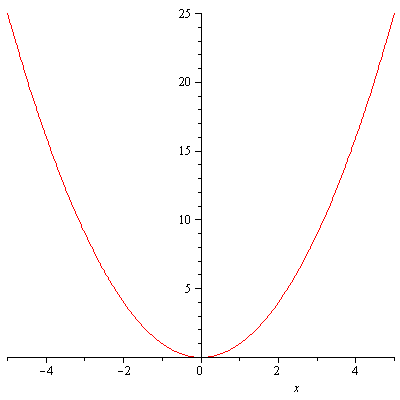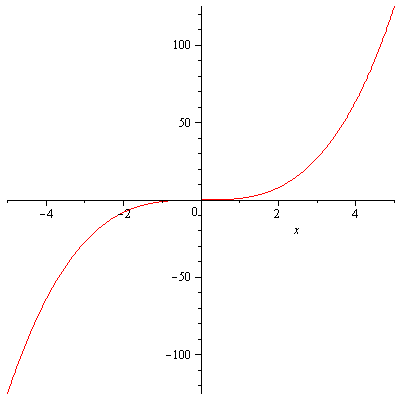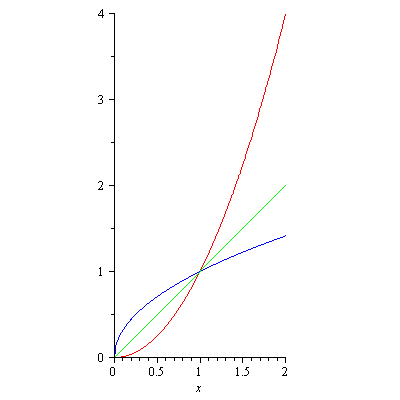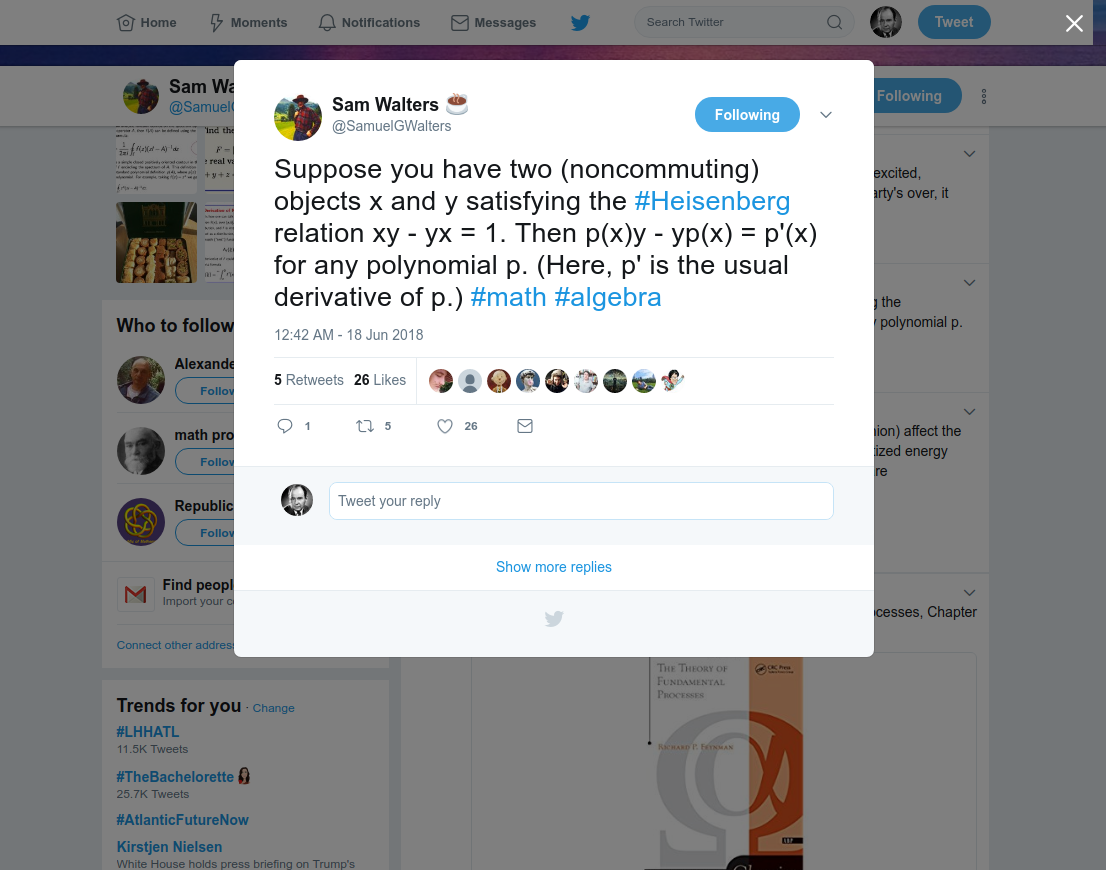In this note, we introduce two versions of the proof of the Chain Rule. The first one comes from [1]. Let $y=f(u)$ and $u=g(x)$ be differentiable functions. We claim that
$$\frac{dy}{dx}=f'(u)g'(x)$$
The finite difference $\frac{f(g(x+h))-f(g(x))}{h}$ can be written as $\frac{f(u+k)-f(u)}{h}$ where $k=g(x+h)-g(x)$. Define $\varphi(t)=\frac{f(u+t)-f(u)}{t}-f'(u)$ if $t\ne 0$. Multiplying by $t$ and rearranging terms, we obtain
\begin{equation}
\label{eq:chainpf}
f(u+t)-f(u)=t[\varphi(t)+f'(u)]
\end{equation}
$\lim_{t\to 0}\varphi(t)=0$ so we define $\varphi(0)=0$. Then \eqref{eq:chainpf} is defined for all $t$. Now replace $t$ in \eqref{eq:chainpf} by $k$.
\begin{equation}
\label{eq:chainpf2}
\frac{f(u+k)-f(u)}{h}=\frac{k}{h}[\varphi(k)+f'(u)]
\end{equation}
\eqref{eq:chainpf2} is valid even if $k=0$. When $h\to 0$, $\frac{k}{h}\to g'(x)$ and $\varphi(k)\to 0$. Hence the RHS of \eqref{eq:chainpf2} approaches $f'(u)g'(x)$. This completes the proof.
Another version of the proof of the Chain Rule is from [2] as a guided exercise (# 99 on page p. 559). Here we suppose that $y=f(u)$ is differentiable at $u_0=g(x_0)$ and $u=g(x)$ is differentiable at $x_0$. Then we claim that $y=f(g(x))$ is differentiable at $x=x_0$ and $$\left[\frac{dy}{dx}\right]_{x=x_0}=f'(u_0)g'(x_0)$$
Since $g'(x_0)$ exists, $\Delta u$ can be written as
$$\Delta u=g'(x_0)\Delta x+\rho(x)$$
where $\lim_{\Delta x\to 0}\frac{\rho(x)}{\Delta x}=0$. Similarly, if $\Delta u\ne 0$ (it could be 0), then $\Delta y$ can be written as
\begin{equation}
\label{eq:chainpf3}
\Delta y=f'(u_0)\Delta u+\sigma(u)
\end{equation}
where $\lim_{\Delta u\to 0}\frac{\sigma(u)}{\Delta u}=0$.
\begin{align*}
\Delta y&=f'(u_0)[g'(x_0)\Delta x+\rho(x)]+\sigma(g(x))\\
&=f'(u_0)g'(x_0)\Delta x+f'(u_0)\rho(x)+\sigma(x)
\end{align*}
As $\Delta u\to 0$, $\Delta y\to 0$ and accordingly $\sigma(u)\to 0$. So one can define $\sigma(U)=0$ if $\Delta u=0$ (that is one can define $\sigma(u_0)=\sigma(g(x_0))=0$). Then \eqref{eq:chainpf3} is still valid if $\Delta u=0$.
$$\frac{\sigma(g(x))}{\Delta x}=\left\{\begin{array}{ccc}
\frac{\sigma(g(x))}{\Delta u}\cdot\frac{\Delta u}{\Delta x} & \mbox{if} & \Delta u\ne 0\\
0 & \mbox{if} & \Delta u=0\end{array}\right.\to 0$$
as $\Delta x\to 0$. Therefore,
$$\frac{\Delta y}{\Delta x}=f'(u_0)g'(x_0)+f'(u_0)\frac{\rho(x)}{\Delta x}+\frac{\sigma(g(x))}{\Delta x}$$
approaches
$$\frac{dy}{dx}=f'(u_0)g'(x_0)$$
as $\Delta x\to 0$.
References:
[1] Tom M. Apostol, Calculus, Volume I One-Variable Calculus with an Introduction to Linear Algebra, 2nd Edition, John Wiley & Sons, Inc., 1967
[2] Jerrold Marsden and Alan Weinstein, Calculus II, Springer-Verlag, 1985






